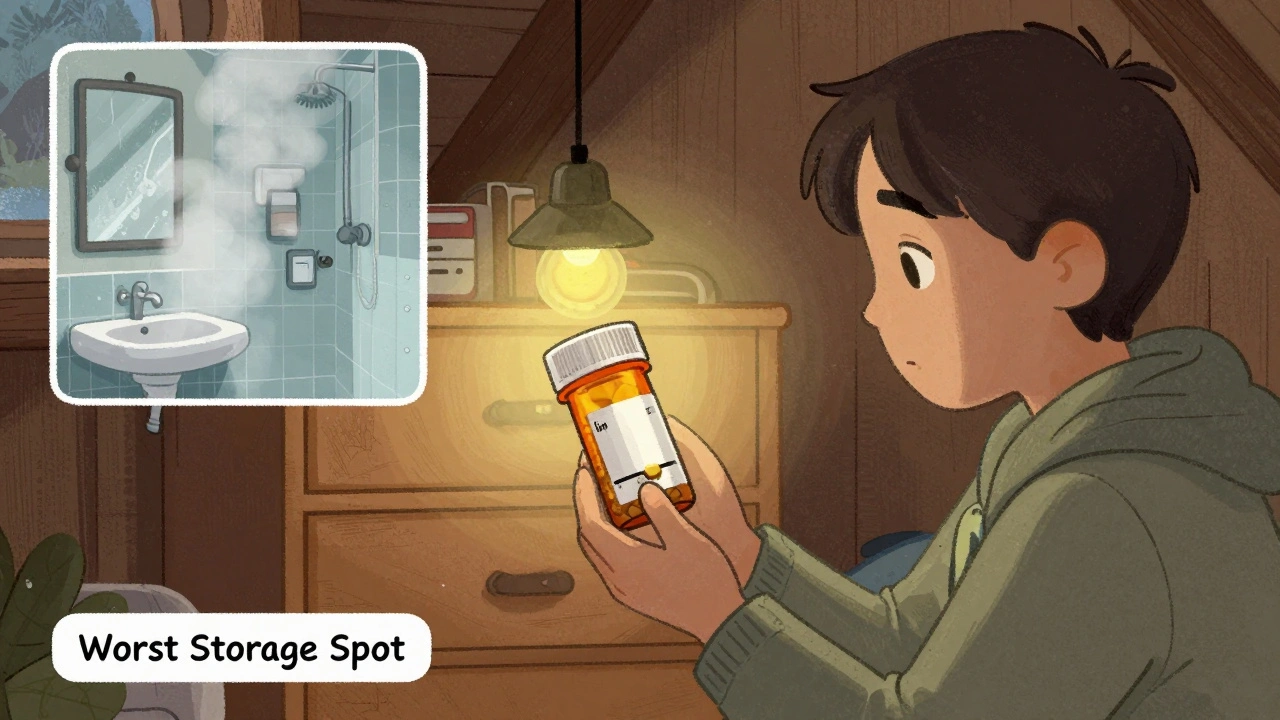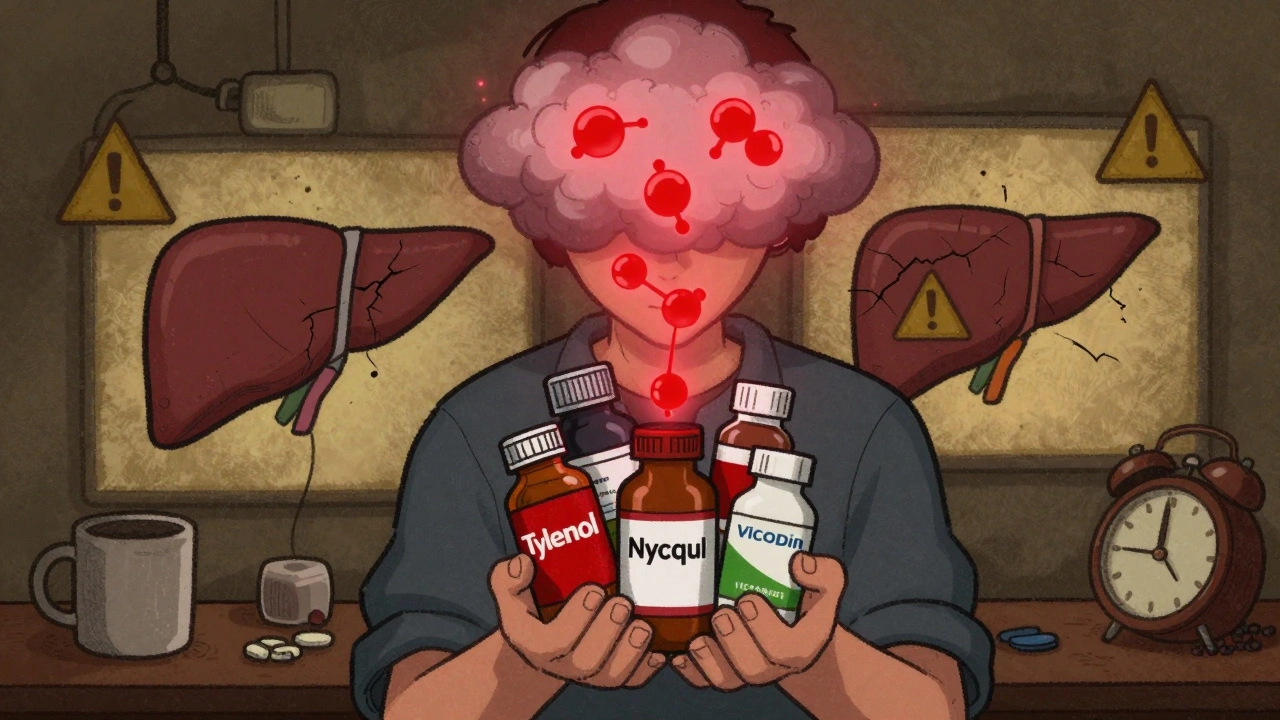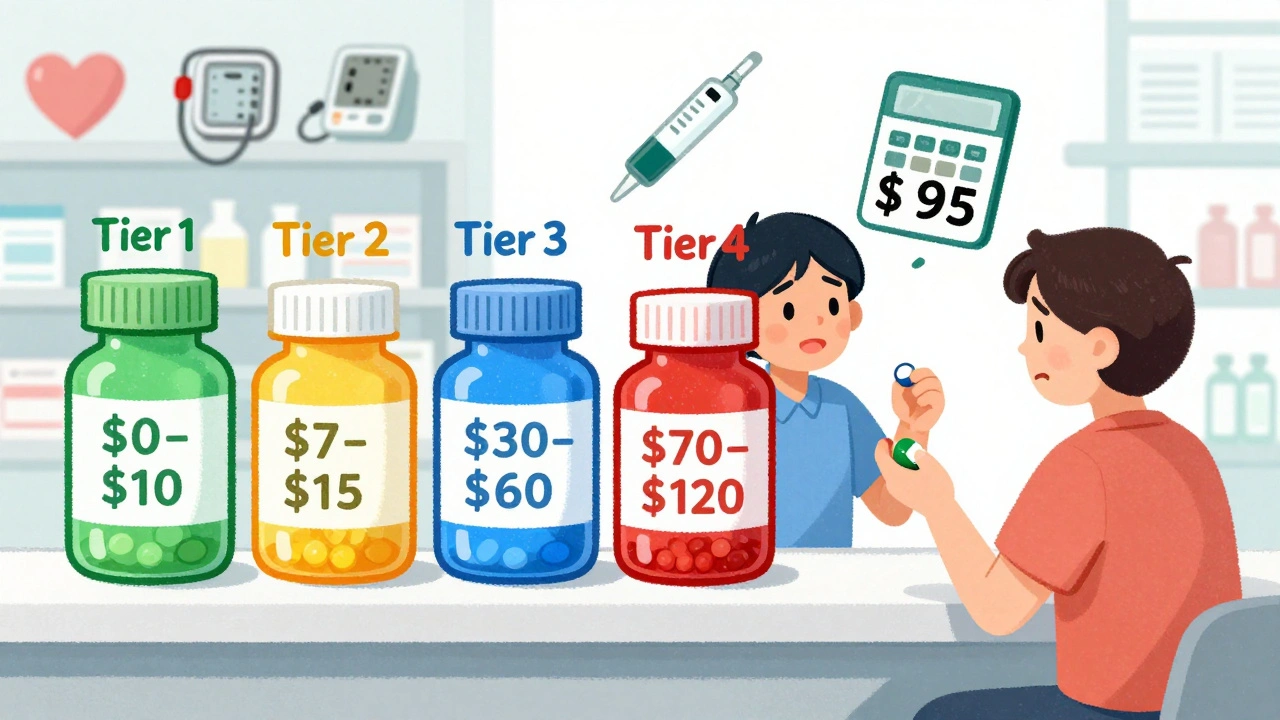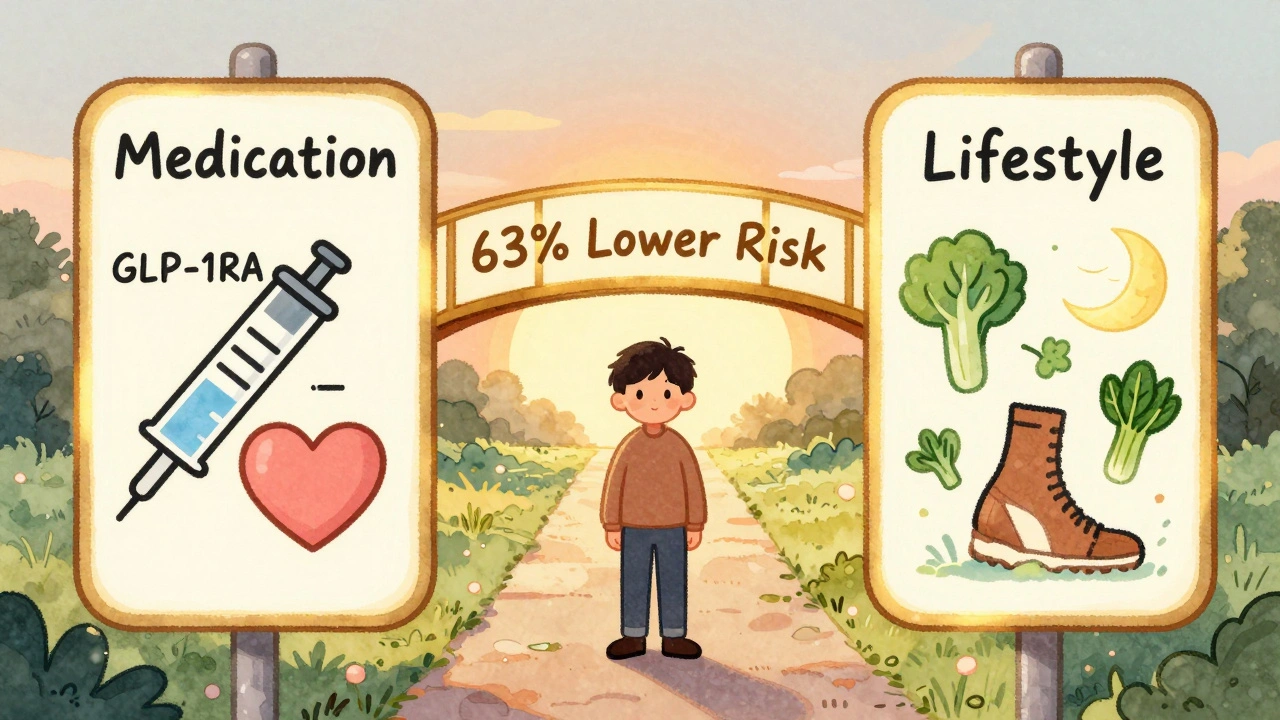Anticoagulation: How Blood‑Thinning Keeps You Safe
When dealing with anticoagulation, the medical practice of preventing clot formation by interfering with the body's clotting mechanisms. Also called blood thinning, it reduces the risk of strokes, heart attacks, and dangerous vein blockages. In plain terms, anticoagulation is like adding a little oil to the engine so the gears don’t jam. The engine here is your circulatory system, and the jam‑up is a blood clot, a sticky mass of platelets and fibrin that can block blood flow. By tweaking the clotting cascade—an intricate series of chemical steps—doctors can keep the flow smooth without stopping it completely.
Major Players: From Warfarin to Direct Oral Anticoagulants
Two groups dominate the anticoagulation market. The first, warfarin, a vitamin K antagonist that has been used for decades to slow clotting, requires regular blood tests because its effect can swing wildly. The second group, often called DOACs, includes direct oral anticoagulants, newer agents like apixaban and rivaroxaban that target specific clotting factors and need less monitoring. Both types aim for the same goal—prevent clot formation—but they differ in how they interact with the clotting cascade, a chain reaction of proteins that turns liquid blood into a solid plug. Understanding which pathway a drug blocks helps doctors match treatment to a patient’s lifestyle and medical history.
Practical choices often hinge on three factors: the condition being treated, the patient’s ability to undergo regular testing, and any other meds they’re taking. For example, someone with atrial fibrillation might prefer a DOAC because it avoids weekly INR checks, while a patient with a mechanical heart valve still needs warfarin. Side‑effects also play a role—both drug classes can increase bleeding risk, but the pattern of bleeding differs. Knowing these nuances lets you have a focused conversation with your healthcare provider about which anticoagulant fits your life.
Beyond drugs, lifestyle tweaks can boost the safety of anticoagulation therapy. Staying hydrated, avoiding risky activities that could cause injury, and keeping an updated medication list are simple steps that make a big difference. Armed with this background, you’ll find the articles below much easier to digest, whether you’re looking for drug comparisons, monitoring tips, or deeper dives into the science of clot prevention.

Long-Term Effects of DVT on Your Health: Risks, Recovery & Prevention
Explore how deep vein thrombosis can affect your body years after the clot, from post‑thrombotic syndrome to pulmonary risks, and learn practical ways to manage and prevent complications.





